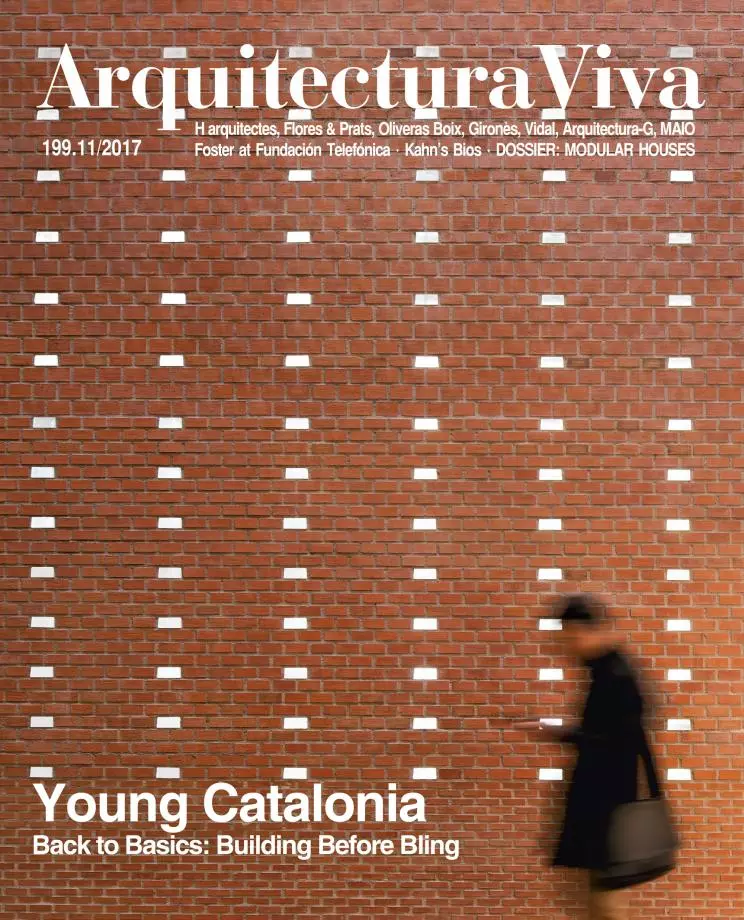Human and Natural Disasters
On Mexico´s Earthquake

Never in the history of Mexico had so many natural disasters happened in so few days. The month of September began with two terrible hurricanes, Irma and Katia, and ended with two devastating earthquakes; the first, on 7 September, occurred with a magnitude of 8.2, the strongest in a hundred years, and the second, on 19 September, though weaker, left even more severe harm in its wake. Close to 500 people died in the wake of the seisms, 1,500 historical buildings were seriously damaged, and more than 100,000 dwellings will have to be reconstructed. The effects extend from one end of the country – near Chiapas in the Gulf of Tehuantepec, where the epicenter of the first quake was – to the central region, affecting the states of Oaxaca, Chiapas, Morelos, and Tlaxcala and the State of Mexico and Mexico City.
On 19 September, two hours after the ceremony marking the 32nd anniversary of the earthquake that hit the capital on the same date in 1985, leaving a death toll of 1000, what had worked well in simulations came down thanks to corruption in the real estate sector and deficiencies in implementing one of the strictest construction codes in the world. In the capital, what caved in were mostly buildings 4 to 8 stories high in the central colonies of Condesa and Roma, and irregularities were the most frequent cause of demolition, as in the case of a luxury house illegally raised over an elementary school where 30 perished.
In the capital, built over a lagoon, where rivers have been paved and rainwater is sent to drainage outlets, the seism reminded its 20 million inhabitants that the seemingly solid layer supporting thousands of buildings is technically still water, and that the soil is subject to the action of deep waves that multiply and accelerate. For a few hours there was satisfaction that the number of demolished buildings in the capital was down from 400 in 1985 to some 40, but it was soon clear that the effects of the new quake were also devastating, though of a different nature. What in 1985 were small settlements were now large cities lacking planning and regulations. For example, Cuernavaca, up to a few decades ago a paradise for weekend houses just an hour’s drive from the capital, and Iztapalapa, a haven for informal dwellings that cropped up on the city edges in the 1970s, now each count 2 million inhabitants, and the recent earthquakes are reminders of the images and errors thought to have been overcome after the 1985 one.
The dramatic photos of devastated communities have frightened a population that seemed immune to fear. The injustice and negligence long overshadowed by the war against drugs were visible again. Images of corruption resurfaced, no longer in line with drug cartel bosses or secret pits with hundreds of corpses, but in line with government-fostered ignorance. The contrasts between urban effervescence and rural abandonment reveal a country that has not learned to count its dead, protect its living, and take care of its heritage, but which in the face of the government’s incompetence has shown that civic society can move mountains of rubble and save lives.
With elections approaching the government announces major reconstruction projects. Interdisciplinary groups led by Mexico’s top architects try to stop indiscriminate razing where there are plans to replace traditional houses of adobe, tiles, and straw with serialized dwellings abstracted from local culture and climate, but already in sight is a demolition that may well exceed the demolition wrought by the actual earthquakes.
Fernanda Canales is a Mexican architect, critic, and curator.





